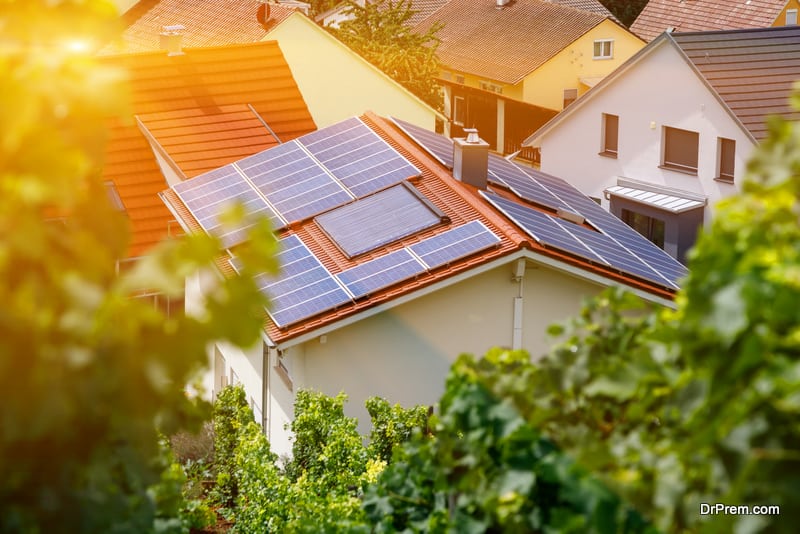Talk about solar energy and the first picture that comes to the mind is a solar panel affixed atop the roof of a house or establishment, containing photovoltaic panels that would absorb the sun’s rays and transform them into usable energy. Considering the fact that the sun would be able to provide more energy than we would ever need now or in the future, moving towards solar energy would be considered as a reasonable move towards sustainability.
Photovoltaic systems typically convert the sun’s light into electricity. These photovoltaic cells have become an important part of our lives and are already used in a variety of small applications like wristwatches and calculators. A lot of homes have also started using photovoltaic systems to generate electricity and heat in addition to other applications like pumping water.
The importance of a photovoltaic system for future generations can be best described by the manifold benefits it offers over standard diesel generators, batteries or conventional utility power grids. These include:
Abundant supply
There is no need to worry about running out of solar energy. As long as the sun is there, we would get a regular supply of surplus power needed for every day operations.
Low construction costs
In most cases, photovoltaic systems are installed quite close to the areas where the generated power is needed. This would mean shorter power lines for the transmission of power, thus reducing the costs related to the construction of the utility grid. The close proximity to the designated area means there is no need to use a step down transformer as well. A lot of governments are also coming forward to promote solar energy by introducing tax subsidies for those who install these systems in their homes and offices, thus making it a lucrative investment option.
Low operating costs
Photovoltaic cells require minimum upkeep, as there are no moving parts in the entire system. No fuel is also used up during the production of electricity. Hence, they incur less operating and maintenance costs.
High reliability
The abundant supply and relatively low maintenance costs when compared to other forms of renewable energy make photovoltaic systems more reliable than other similar systems. It can be said that these systems still power most of the satellites that rotate the earth owing to their low maintenance requirements.
Green benefits
Photovoltaic systems do not emit harmful greenhouse gases while producing energy. Hence, they contribute to the production of green energy. The absence of moving parts also make these systems very silent during operation, thus acting as a saving grace from alternatives like kerosene lanterns and diesel generators.
Increased modularity
Photovoltaic systems can be designed according to the energy generation needs. The systems can also be enlarged and moved according to current energy needs. Effective examples would include adding more modules to the base PV model, as energy needs increase or using mobile PV systems to generate and supply energy on the go.
Why the use of Photovoltaic Systems is still to kick off big time
In spite of their manifold systems, photovoltaic systems are still not being considered as the potential lifesavers for future generations. This could be due to the disadvantages that come with them, including:
Intermittency issues
Intermittency issues increase the unpredictability of photovoltaic systems, which would cease to function on rainy/cloudy days and are rendered useless at nights.
Low efficiency levels
Although they are reliable sources of renewable energy, photovoltaic systems generally do not product energy that is as efficient as the energy produced by other renewable systems. The energy levels of PV systems are at least 20% lesser than other forms.
Storage and insurance costs
Continuous production demands would require the construction of onsite storage solutions, which would therefore increase the installation costs. PV systems are also fragile in spite of being low maintenance systems and can therefore require additional insurance for protection against damage.
Summary
The hunt for renewable forms of energy has led us to photovoltaic solar systems that are already being considered as the next best thing in sustainable energy systems.


